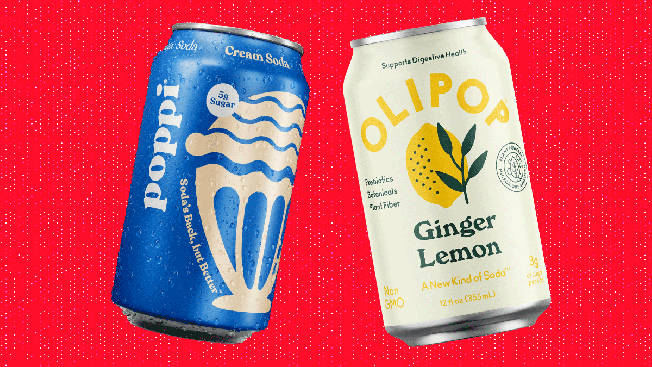The phenomenon has had a profound impact on food, beverages, and supplements, where it’s sometimes obvious in brand positioning (claims of being “the natural Ozempic”) and often reflected in products designed to support people who take Wegovy, Zepbound, Mounjaro, and others.
Protein and fiber were ubiquitous buzzwords via companies like Supergut, Bio.met, and Gutzy. And a staple of the 1970s mom diet—cottage cheese—was back in a big way, with a cleaner-label 2025 twist.
“There’s an increased focus on protein, fiber, brain health, microbiomes, low sugar,” Sherry Frey, vice president of total wellness for NielsenIQ, said. “People are eating more intentionally, and if they’re eating less, then every bite counts.”

That’s not necessarily translating to premium products, but to shorter labels and simplified ingredients, with Miller saying “we continue to hear that GLP-1s will be the biggest thing to hit our industry for the next 20 years.”
Fizzy fever
The alternative soda category has exploded, with Olipop and Poppi leading the way with products that hit on multiple trend-right cylinders. They promise less sugar and fewer calories than old-school carbonated sodas, have gut-healthy prebiotics and probiotics, sport Insta-worthy packaging, and come in an increasing array of fanciful flavors.
For a segment that didn’t exist until recently, these functional sodas have quickly caught on with consumers to the tune of $1 billion in sales, per Circana. That number could easily increase to $1.5 billion in 2025, per estimates.
Retail behemoth Walmart has planted a flag in the space with its new “modern soda” in-store and online sections featuring Olipop, Poppi, Zevia, Culture Pop, and others.
To take advantage of the rush, new brands are popping up like mushrooms, though there may be a cap on how many can thrive.
“We’ll see how many of them make it to next year,” said Miller, an early investor in Olipop.


